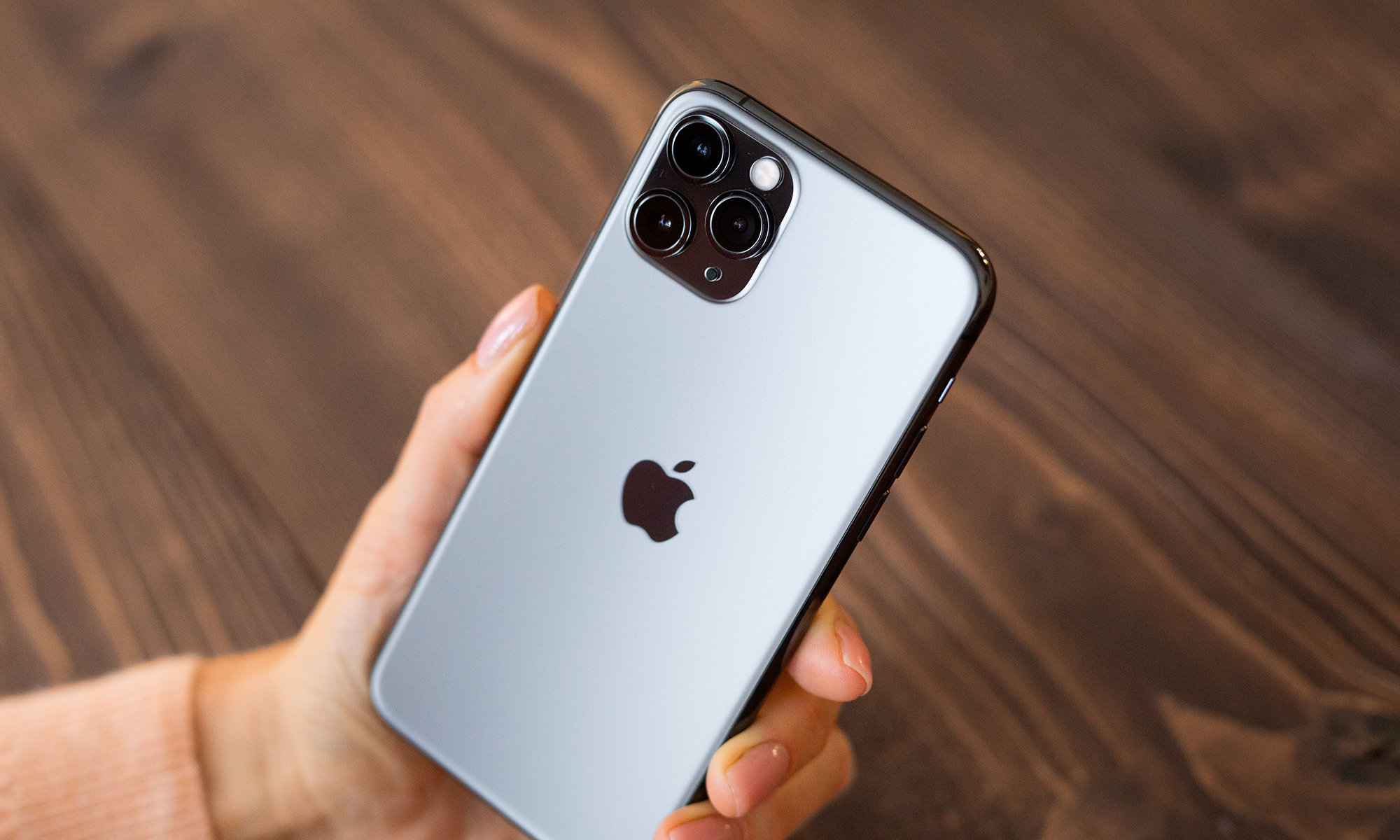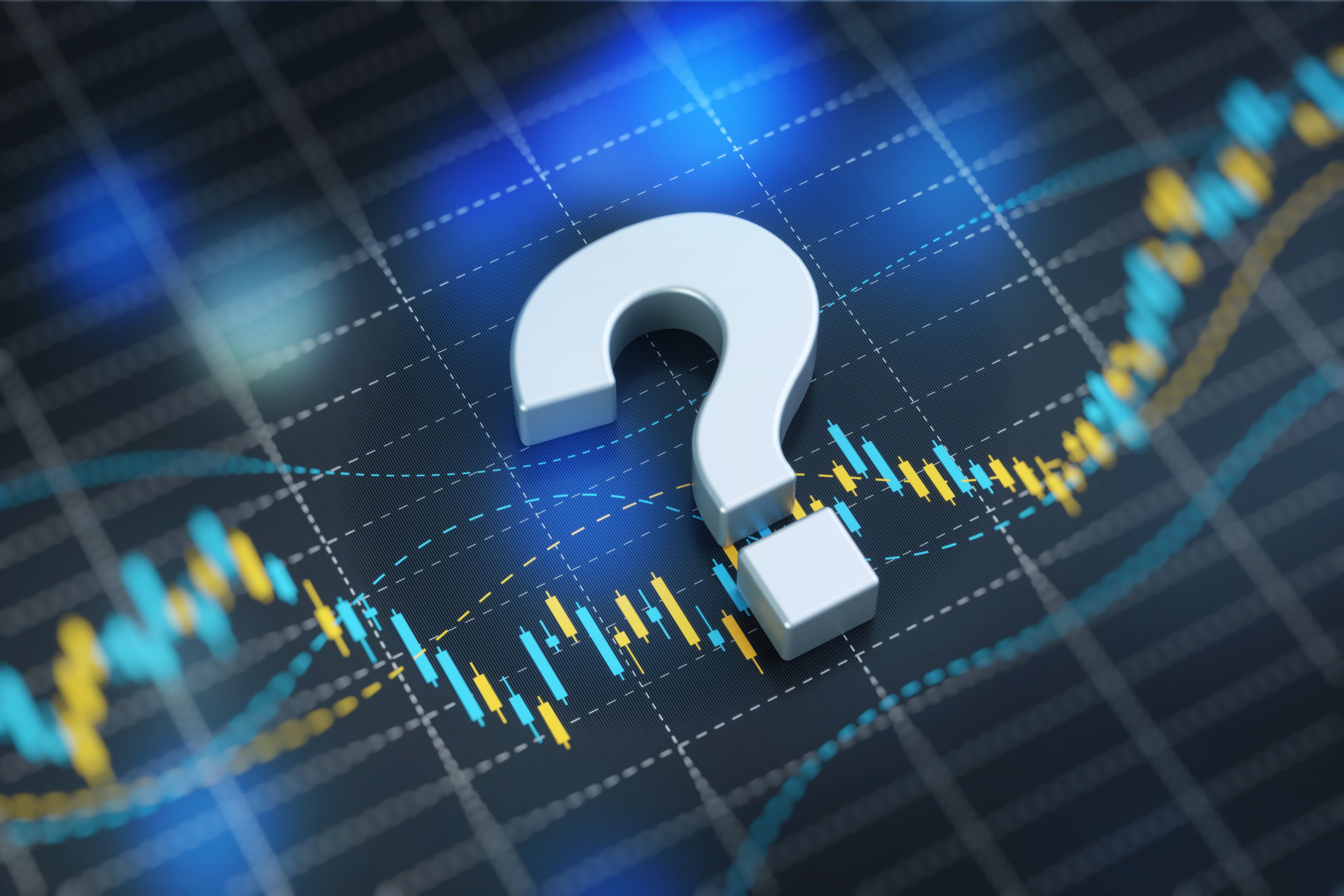Although Samsung's (NASDAQOTH: SSNLF) earnings came in short of expectations last week, the South Korean tech giant posted record revenue largely on the strength of its mobile devices. Like its competitor Apple (AAPL +0.54%), Samsung's smartphones and tablets generated more than half of the company's revenue and profit last quarter.
In its earnings release, Samsung cited its retail efforts as being instrumental to those strong sales. That bodes well for Best Buy (BBY +0.10%), given the partnership the companies have in place.
Samsung says Best Buy deal helped quarter
A deal announced in April called for Samsung to set up "Experience Shops" in 1,400 Best Buy locations across the U.S.. Like Apple's stores, these shops feature Samsung-trained employees and are centered around the company's mobile electronics -- offering would-be buyers the ability to tinker with and learn about Samsung's devices.
Samsung didn't mention Best Buy specifically in last week's quarterly report, but referred to its new shop-in-shop initiative as being instrumental to mobile sales this past year:
In 2013, Samsung maintained its market leadership in mobile devices as evidenced by its smartphone market shares of over 30-percent for both developed and emerging markets, and a two-fold surge in tablet sales from the previous year due to the release of new products such as GALAXY Tab 3 and GALAXY Note 10.1 (2014 Edition). The solid performance is also the result of our efforts to strengthen customer touch-points with shop-in-shop experiences.
Obviously, this is a positive for Best Buy, as it suggests that Samsung continues to value its retail partnership. Although some analysts have argued that Best Buy is destined to suffer a slow death, Samsung clearly sees value in having a brick-and-mortar presence.
Apple's retail effort remains vital to the company
Apple's stores, meanwhile, remain just as important to the company. Last quarter, Apple's retail stores generated $7 billion in sales -- a record, and up 9% from the prior year. Apple continues to open new stores, now reaching 420 from 401 last year. Apple's retail footprint is also slowly getting bigger -- the average size of an Apple retail store is now 10,500 square feet, up from 7,500 square feet just three years ago.
Apple continues to emphasize brick-and-mortar retail: On Monday's earnings call, management talked at length about the company's new iBeacon technology, and how it would improve the physical retail experience. Clearly, Apple believes its physical stores have a future, or it wouldn't be investing in them.
Brick and mortar still has a place in the retail space
Best Buy posted a disappointing quarter earlier this month, and shares are now down more than 38% in 2014. While there wasn't a lot to like about Best Buy's holiday earnings, the sell-off seems to have been exaggerated by a creeping sense that Best Buy's days are numbered -- that brick-and-mortar electronics stores are destined for obsolescence.
Perhaps that will be the case, but it's clear that both Samsung and Apple -- the two largest consumer electronics firms in the world -- disagree. Both companies continue put great emphasis on their retail presence. As long as that remains true, Best Buy still has a place in the retail landscape.







